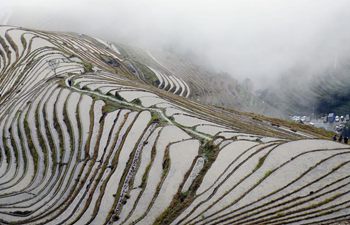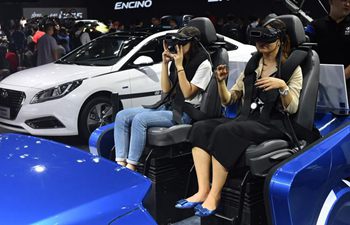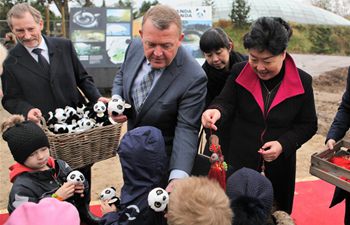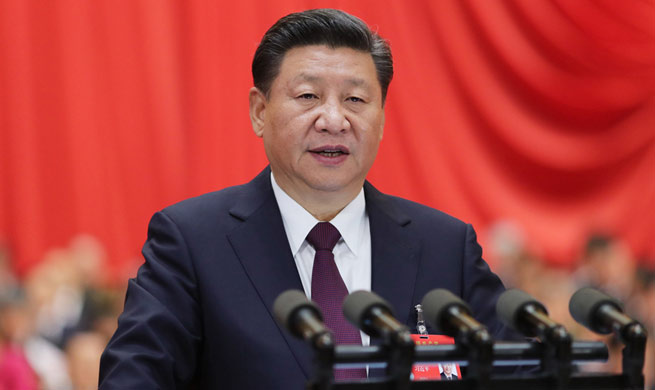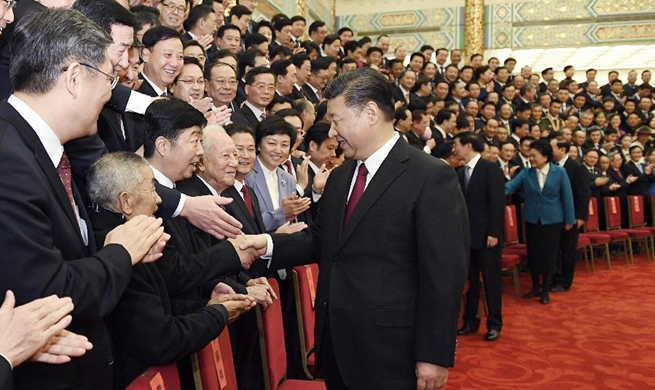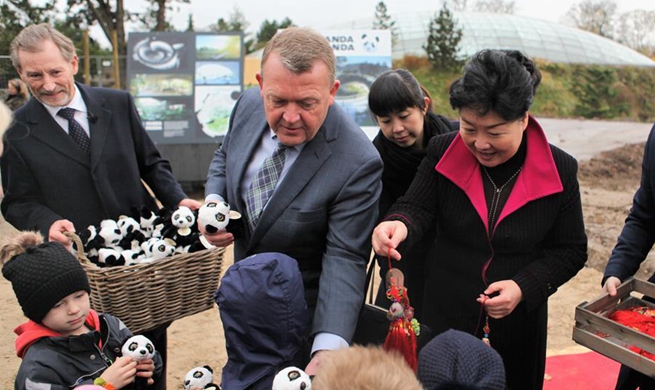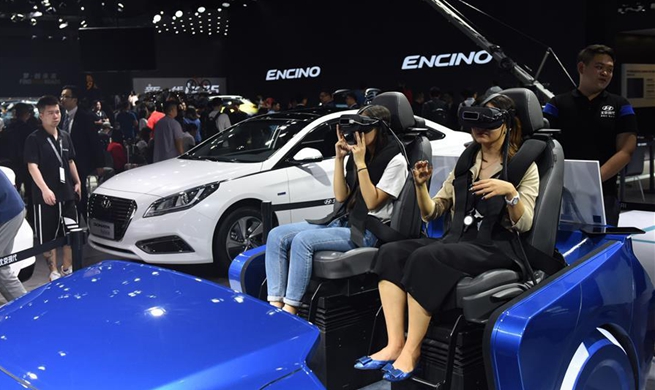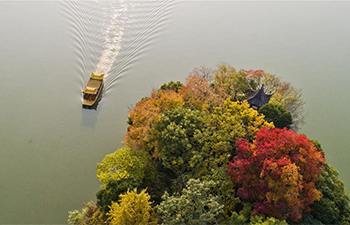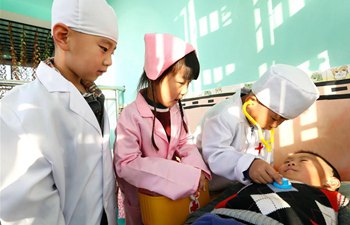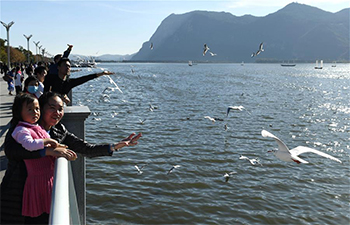GENEVA, Nov. 17 (Xinhua) -- Aid workers are harnessing solar energy to power remote health posts for Rohingya refugees from Myanmar in Cox Bazar, Bangladesh as they continue arriving in improvised rafts, United Nations agencies said Friday.
UN's International Organization for (IOM) said it is using solar energy to power its health posts in Kutupalong and Balukali makeshift settlements, now home to an estimated 440,000 Rohingya refugees.
Separately, the UN refugee agency, UNHCR, said that over the past ten days it has received reports of some 30 improvised rafts arriving from Myanmar, carrying more than 1,000 people.
"Unable to pay for the crossing, refugees are building rafts from whatever material they can get their hands on -- mostly bamboo poles and empty jerry cans tied together with rope and covered with plastic sheets," said UNHCR spokesperson William Spindler.
Violence in Myanmar's Rakhine state has forced over 620,000 refugees to flee to Bangladesh since Aug. 25, bringing the total number of people seeking safety in the Cox's Bazar settlements to over 833,000, IOM spokesperson Joel Millman said at a UN briefing.
Prior to the latest influx of refugees, IOM coordinated the work of agencies in the health sector, in close collaboration with World Health Organization (WHO) and the Bangladeshi health ministry.
"Many of the new arrivals and those already living in the settlements, as well as local communities, are desperately in need of healthcare," said Millman, "As people have flooded into the settlements over the past three months, pressure on the health sector has steadily risen."
Since Aug. 25, IOM has carried out over 75,000 health consultations for both Rohingya refugees and the local community in Teknaf and Ukhiya sub-districts.
In October alone, over 3,865 women received pregnancy-related care, including 3,030 antenatal care, 525 postnatal care and 310 deliveries.
Prior to the introduction of solar power, IOM's healthcare teams were confined to working during daylight hours, as the lack of lighting made it impossible to provide patient care from dusk to dawn.
A plan for a 24-hour care system is now being developed said Millman and the new energy supply also powers wells and water purifications systems, ensuring the availability of clean water.




